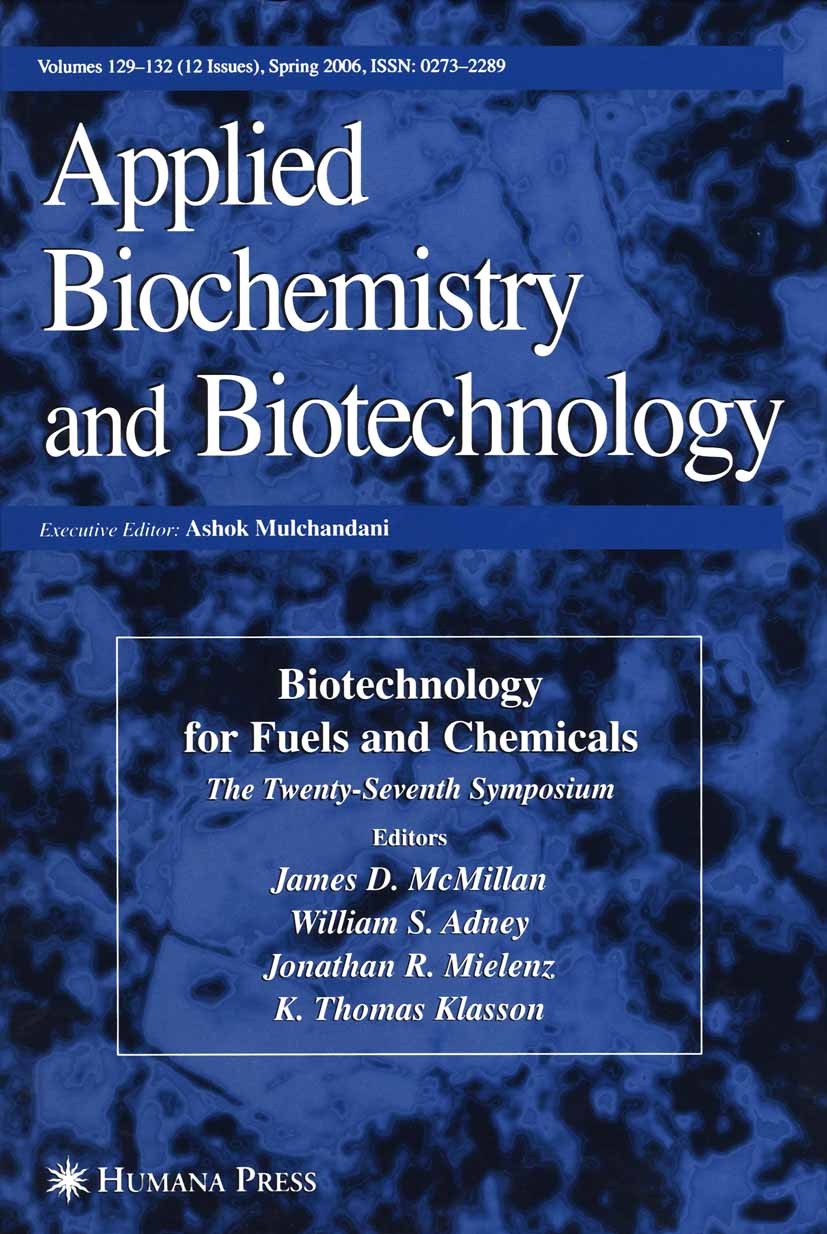In Silico Molecular Docking Approach of Melanin Against Melanoma Causing MITF Proteins and Anticancer, Oxidation–Reduction, Photoprotection, and Drug-Binding Affinity Properties of Extracted Melanin from Streptomyces sp. strain MR28
Abstract
Abstract
Melanin is a biopolymer reported for diverse biological actions to secure organisms over adverse environmental factors. In the last decade, melanin attributed considerable attention for its use in bioelectronics, photoprotection, environmental bioremediation, and drug discovery. Molecular docking study is the emerging trend in drug discovery for drug designing by targeting proteins. Considering the therapeutic nature of the melanin, we extracted melanin from Streptomyces sp. strain MR28, and it was tested for various biological activities, viz., DPPH free radical scavenging potency, sun protection factor (SPF), drug likeness by SwissADME, molecular docking of melanin on melanocyte-inducing transcription factor (MITF) proteins, cytotoxic activity on A375 malignant melanoma with induction of apoptosis study by flow cytometry, and adsorption study of melanin on doxorubicin and camptothecin drug for drug uptake by melanin. The melanin showed good scavenging potency of DPPH free radicals in a concentration-dependent manner. SPF of 38.64 ± 0.63, 55.53 ± 0.53, and 67.07 ± 0.82 were recorded at 0.06, 0.08, and 0.1 µg/mL, concentrations, respectively. SwissADME screening confirms the drug likeness of melanin. Docking of melanin with MITF proteins exhibited a maximum of − 9.2 kcal/mol binding affinity for 4ATK protein. Cytotoxicity of the melanin drug exhibited good inhibition of melanoma cells in dose-dependent way with significant IC50 of 65.61 µg/mL; apoptotic study reveals melanin showed 64.02% apoptosis for melanin and 33.8% apoptosis for standard drug (doxorubicin). The maximum adsorptions for selected drugs camptothecin and doxorubicin to melanin were recorded at 90 min. In conclusion, the extracted melanin showed significant results over many biological applications and it can be used in the pharmaceutical field to avoid chemical-based drugs.
Graphical Abstract

 求助内容:
求助内容: 应助结果提醒方式:
应助结果提醒方式:


